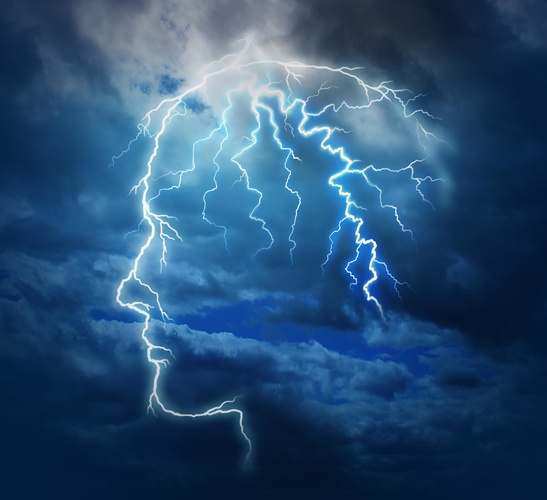
Choose a channel
Check out the different Progress in Mind content channels.

Progress in Mind

Psychomotor agitation is a universal, frequent and complex condition in general medical practice said Veronica Larach-Walters from Universidad Andrés Bello, Santiago, Chile. Therefore, she and others in the field have developed a training program aimed to educate health care personnel on the management of patients presenting with psychomotor agitation.
Psychomotor agitation is a universal, frequent and complex condition in general medical practice
Dr Larach-Walters stressed that any individual can present with an episode of agitation, meaning that the person not necessarily is or will become a psychiatric patient.
Psychomotor agitation involves multiple causes: non-psychiatric medical-, neuropsychiatric-, psychiatric-, transversal causes to all clinical practice, e.g. intoxication/abstinence, suicidal behaviors and social causes.
The severity of agitation is evaluated by using the Positive and Negative Syndrome Scale-Excited Component (PANSS-EC), often referred to as PEC. Scoring ranges from 5 to 35, and a score >13 represents mild agitation; >19 moderate and >31 severe. Interventions in the continuum of psychomotor agitation range from environmental- and verbal interventions, to oral/inhaled and intramuscular pharmacological treatments, and for the severe cases physical restraint and isolation.
Dr Larach-Walters ended her talk by stating that the major purpose of the training program is to enable health care personnel to identify and manage psychomotor agitation early on, avoiding a costly intervention at a later stage.
Management goals include allowing the patient to be calm but not sedated; to decrease harm; and most importantly to initiate a therapeutic relationship.
This importance of early intervention was echoed by Dr Marina Garriga, Hospital Clinic, Barcelona, Spain, in a talk focusing on agitation in schizophrenia. Management goals include allowing the patient to be calm but not sedated; to decrease harm; and most importantly to initiate a therapeutic relationship.
Regarding pharmacological treatments, short-acting intramuscular (IM) formulations of second-generation atypical antipsychotics can be crucial when non-pharmacological de-escalation techniques fail. Dr Garriga highlighted a systematic review by Yu et al. from 20161 which underscores the utility of having several atypical short-acting IM formulations of oral medications that can be continued in those patients that require and respond to the short-acting IM formulations.
If not wishing to use IM formulations, an inhalable formulation of a first-generation antipsychotic is available for treating agitation in schizophrenia.2
The last speaker, Professor Gustavo Vasquez, Queen’s University Medical School, Ontario, Canada focused on the treatment of agitation in bipolar disorder and gave the audience a quick tour of the updated Canadian Network for Mood and Anxiety Treatments (CANMAT) and International Society for Bipolar Disorders (ISBD) 2018 guidelines for the management of patients with bipolar disorder. 3
A key step in treating agitation in bipolar disorder is preventing it, or at least mitigating its severity by treating the causative manic episode.
Professor Vasquez cautioned that akathisia may present as agitation in bipolar disorder, and that this must be differentiated and excluded before implementing treatment of acute mania.
Agitation is common in mania, in particular in patients with mixed features; and a key step in treating agitation is preventing it, or at least mitigating its severity by treating the causative manic episode, said Professor Vasquez.
Pharmacological treatment of mixed features in bipolar depression involve atypical antipsychotics, and they have also been found useful, alone or in combination with anticonvulsants/mood stabilizers, in treating manic episodes with mixed features.4 Both the World Federation of Societies of Biological Psychiatry (WFSBP) and CANMAT/ISBD guideline groups recommend avoiding antidepressants in patients with mixed features.3,4
Our correspondent’s highlights from the symposium are meant as a fair representation of the scientific content presented. The views and opinions expressed on this page do not necessarily reflect those of Lundbeck.